See the site and code here: http://jonathonmoore.com/sandbox/single.html
I'm creating a site that essentially gives users a bi-weekly, monthly, and annual view of their financials. I have a large table with four columns:

Right now, I'm kind of brute-forcing the values in the table by having giving each cell a unique ID (#bwSalary, #monSalary, #annSalary, etc...), doing the math, and replacing the text.
This is messy. There's another portion of the page that allows users to add and delete rows to a table, and enter in their various expenses. I can't be generating unique IDs for each one. There has to be a better way.
So my question is whether or not there is a way, using jQuery, to assign each column an equation - similar to what you can do in Excel. What I'm envisioning is calculating the annual contribution for each row (probably using unique IDs), and then jQuery will go through each row and populate the bi-weekly and monthly rows by just taking the value in the annual column cell and dividing it by 12 or 26. Make sense?
I know there's a way to do it, I just don't know jQuery well enough to know how to find the right cells that I need.